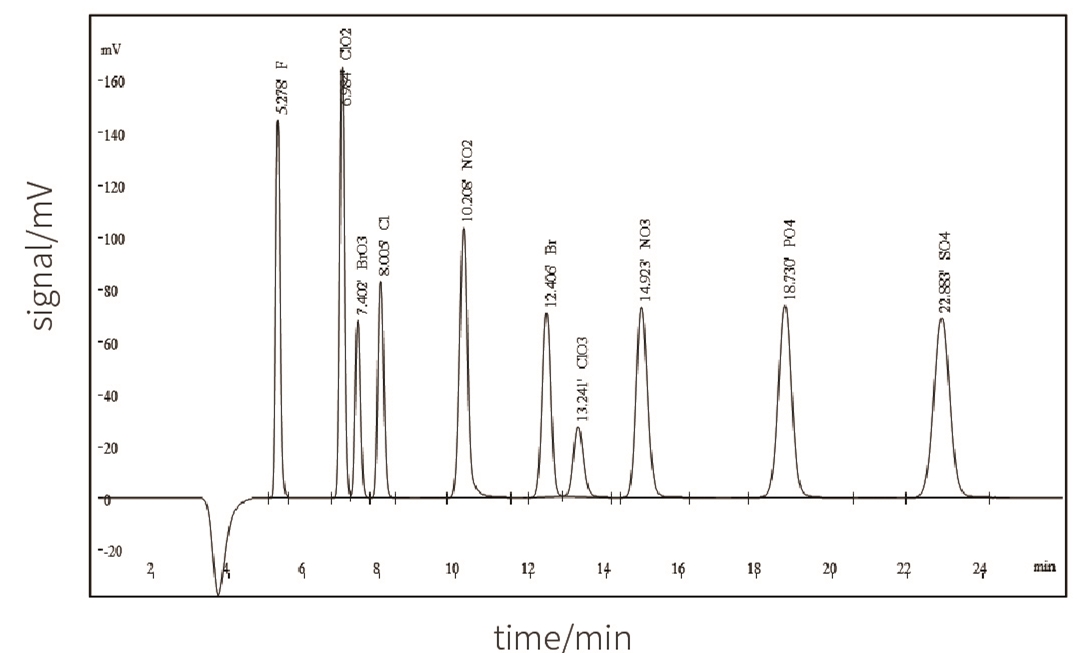Water is the source of life. We must make all people satisfied (adequate, safe and easy to get) water supply. Improving access to safe drinking water can bring tangible benefits to public health, and every effort should be made to ensure the safe use of drinking water. The World Health Organization (WHO) has also formulated the "Drinking Water Quality Guidelines" on the safety of drinking water, in which substances affecting human health in drinking water are described and explained, which is also our benchmark for ensuring the safety of drinking water.According to the investigation, hundreds of chemical substances have been identified in drinking water, some of which are disinfection by-products, such as bromate, chlorite, chlorate, and other inorganic anions, such as fluoride, chloride, nitrite, nitrate and so on.
Ion chromatography is the preferred method for the analysis of ionic compounds. After more than 30 years of development, ion chromatography has become an indispensable detection equipment for water quality detection. Ion chromatography is also used as an important method to detect fluoride, nitrite, bromate and other substances in the Drinking Water Quality Guidelines.
Detection of anions in drinking water
The samples are filtered by 0.45μm microporous filter membrane or centrifuged . Using CIC-D120 ion chromatograph, SH-AC-3 anion column, 2.0 mM Na2CO3/8.0 mM NaHCO3 eluent and bipolar pulse conductance method,under the recommended chromatographic conditions, the chromatogram is as follows.
